TOKYO (Kyodo) -- Japan's weather agency warned on Tuesday of heavy rainfall in an extensive area encompassing southwestern to northeastern Japan due to a strong typhoon, amid heightening fears of further landslides and flooding in the Kii Peninsula in western Japan, already devastated by a deadly typhoon earlier this month.
Mud dams produced earlier by Typhoon Talas in Wakayama Prefecture and elsewhere were on the verge of bursting on Tuesday after downpours from Typhoon Roke, moving eastward over waters south of Kyushu, brought water levels to the brim in the morning and prompted authorities to evacuate more residents.
Typhoon Roke is expected to make landfall in western Japan on Tuesday. Picking up speed as it moves eastward, the typhoon may land as it approaches closest to Japan's main island of Honshu on Wednesday, the Japan Meterological Agency said.





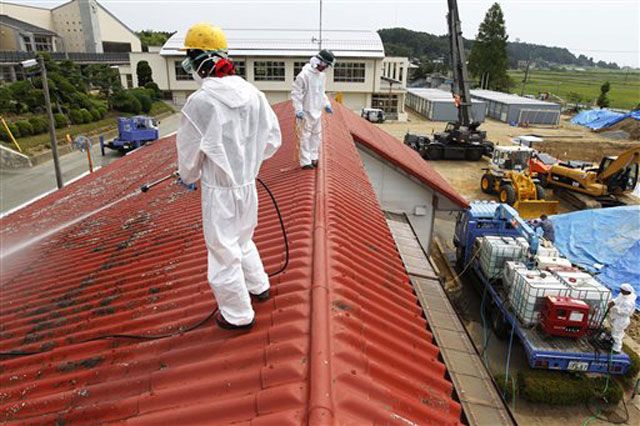
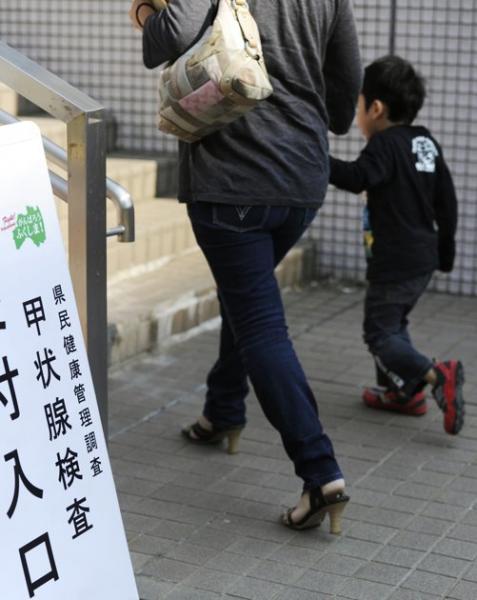 A boy is taken by his mother to Fukushima Medical University Hospital for a thyroid test in Fukushima, northern Japan, Sunday, Oct. 9, 2011. Local doctors began a long-term survey of children for thyroid abnormalities, a problem associated with radiation exposure. Officials hope to test some 360,000 people who were under the age of 18 when the nuclear crisis began in March, and then provide follow-ups throughout their lifetimes. Japanese on the board reads: a thyroid test entrance. (AP Photo/Kyodo News)
A boy is taken by his mother to Fukushima Medical University Hospital for a thyroid test in Fukushima, northern Japan, Sunday, Oct. 9, 2011. Local doctors began a long-term survey of children for thyroid abnormalities, a problem associated with radiation exposure. Officials hope to test some 360,000 people who were under the age of 18 when the nuclear crisis began in March, and then provide follow-ups throughout their lifetimes. Japanese on the board reads: a thyroid test entrance. (AP Photo/Kyodo News)
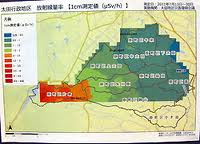
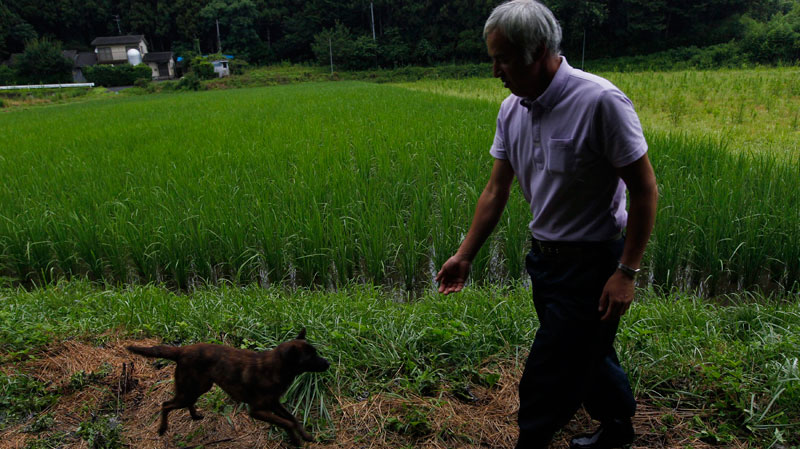
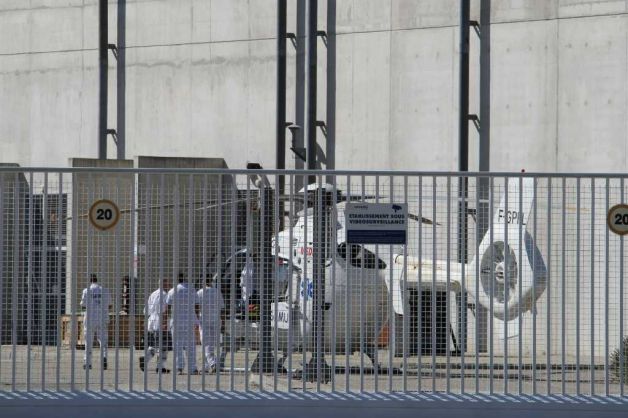
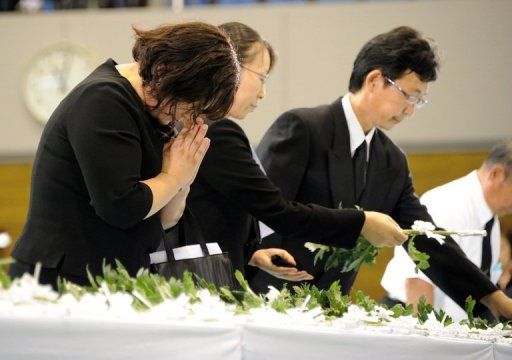
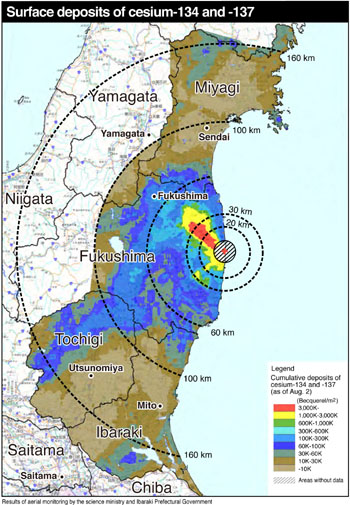
Recent Comments